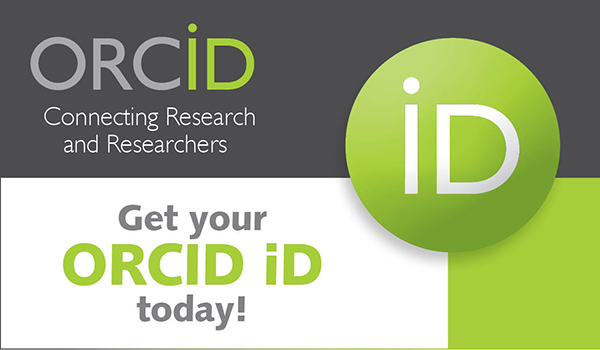Submissions
Submission Preparation Checklist
As part of the submission process, authors are required to verify that their submission complies with all the elements listed below. Submissions that do not meet these guidelines will be returned to the authors.
- The submission has not been previously published nor is it under consideration by any other journal (or an explanation has been provided in the comments to the editor).
- The submission file is a Microsoft Word document formatted according to the journal’s style and template. Manuscripts not complying with the journal’s format and template will be rejected (mandatory).
- When available, URLs or DOIs of references have been provided. The citation order in the text must be reviewed according to the order of appearance, that is, starting from alphabetical order.
- The text uses double line spacing; 12-point font size; italics instead of underlining (except in URLs); and all illustrations, figures, and tables (editable) are placed appropriately within the text rather than at the end.
- The text adheres to the stylistic and bibliographic requirements summarized in the Author Guidelines found in the About the Journal section.
- Check your similarity index (similarity checking software); all submissions must be below 10%, and matches from a single source must not exceed 3%. Remove your work from the Turnitin/iThenticate repository before submitting to the journal; otherwise, submit the report.
Manuscript structure:
- Abstract
- Keywords
- Introduction
- Development
- Conclusions
- References
- Funding
- Conflict of Interest
- Authorship Contribution
Please carefully follow the template; submissions with a different structure will be rejected.
Artículos
Política de sección por defectoCopyright Notice
Those authors who publish in this journal accept the following terms:
- Authors will keep the moral right of the work and they will transfer the commercial rights.
Privacy Statement
The names and email addresses entered in this journal site will be used exclusively for the stated purposes of this journal and will not be made available for any other purpose or to any other party.
You may at any time exercise your rights of access, rectification and opposition by contacting REDIN by e-mail at administracion@istici.edu.ec, indicating the reference.






